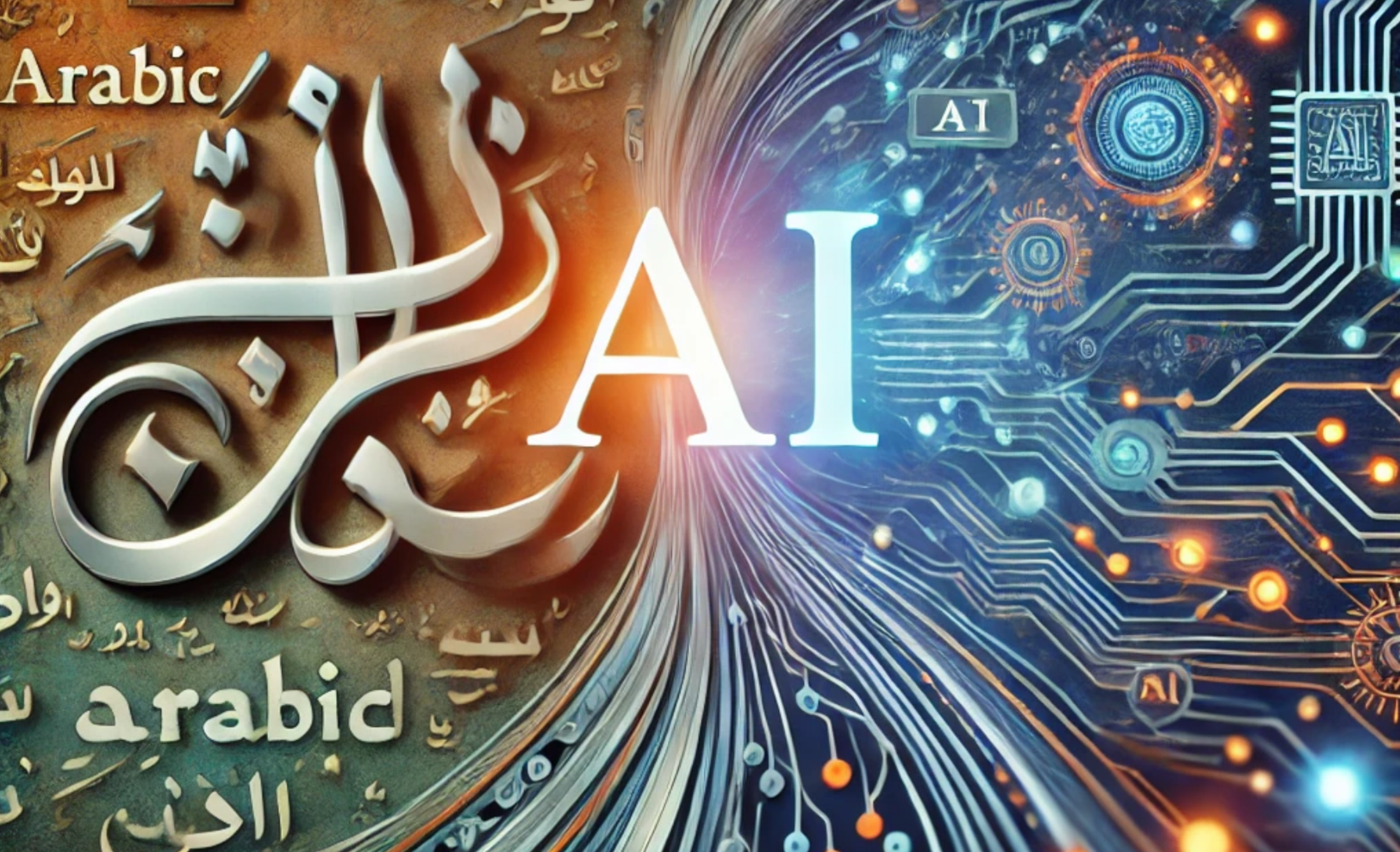As you scroll through the latest tech news, you might notice the frequent celebration of AI breakthroughs. Yet, an often overlooked aspect demands our attention—the impact of AI on diverse cultures and languages, especially Arabic.
First, let’s acknowledge the progress from tech giants like Google and Microsoft. Their efforts in improving AI’s understanding of Arabic—a language spoken by 420 million people—are commendable. For instance, Google Translate has significantly enhanced its handling of Arabic’s complex grammar and diverse dialects. This is not merely a technical feat but a vital step toward making technology more inclusive. Imagine the transformative potential of a virtual assistant that fully understands your regional Saudi dialect—this isn’t just convenience; it’s a revolution.
Consider Saudi Arabia’s advancements. In 2018, STC (Saudi Telecom Company) partnered with Nuance Communications to create a cutting-edge Arabic speech recognition system tailored to the Saudi dialect. This innovation has revolutionized customer service and telecommunications in the region. According to Statista, Saudi Arabia’s digital customer service market grew by 15% in 2021, fueled significantly by such AI advancements.
However, significant challenges persist. Most AI models are initially trained on dominant languages like English, creating a gap when adapted to Arabic. The language’s intricate diacritics and various dialects pose unique challenges, often resulting in inaccuracies and a frustrating user experience.
Cultural nuance is another critical barrier. AI systems designed for content moderation on social media often misinterpret Arabic expressions as hate speech while missing genuinely harmful content. This isn’t just a technical flaw; it has serious implications for free speech and community safety. In 2020, Facebook faced backlash for misclassifying Arabic content, highlighting the need for AI systems that are culturally aware.
So, what is the solution? The path forward requires a commitment to inclusivity in AI development. We need culturally rich Arabic datasets and diverse development teams that include native speakers and cultural experts. True understanding goes beyond translation; it requires context and nuance.
The future of AI is undeniably bright, but it must be a future that includes everyone. Arabic culture and language must be woven into the fabric of this technological revolution. With deliberate and thoughtful effort, we can ensure that AI serves as a bridge—rather than a barrier—across cultural and linguistic divides.




